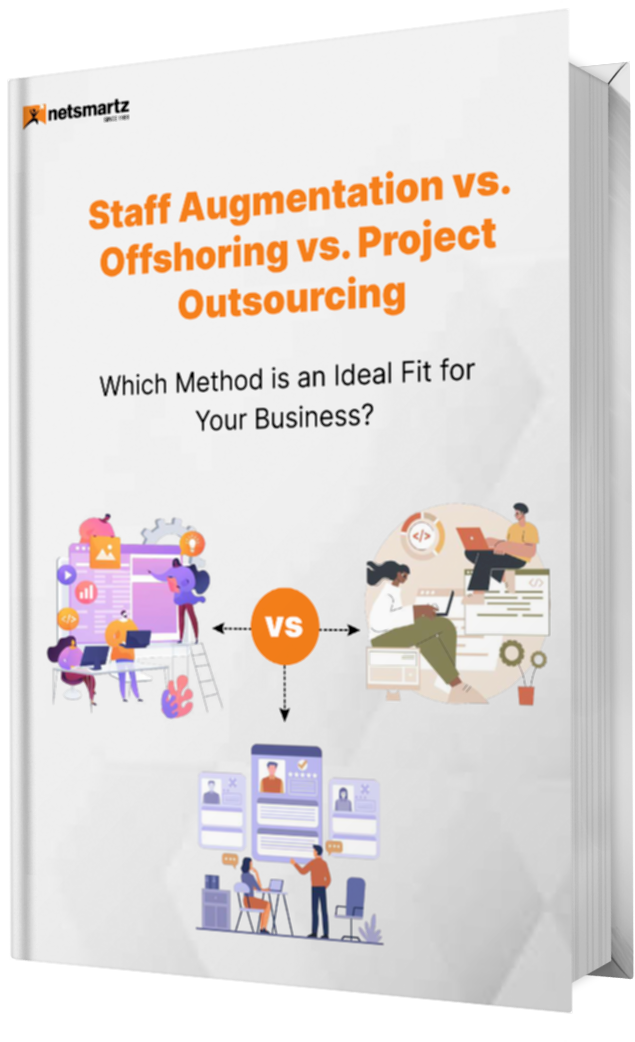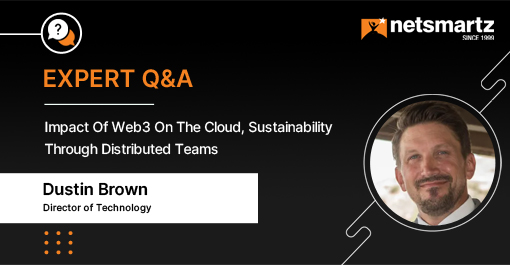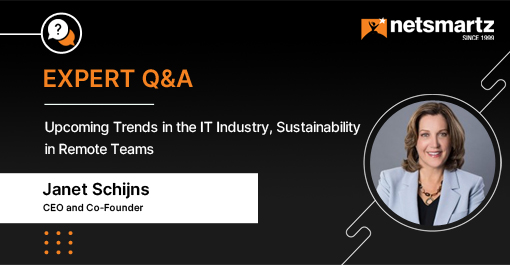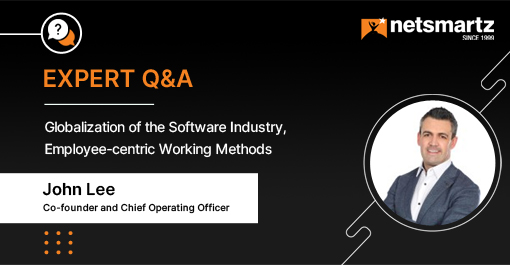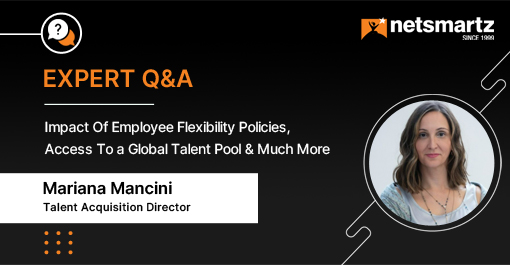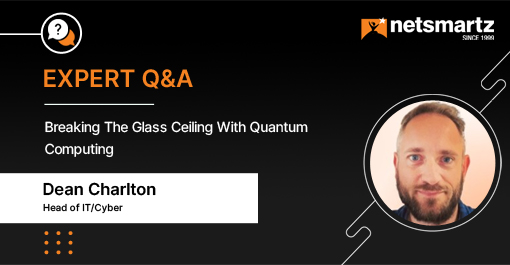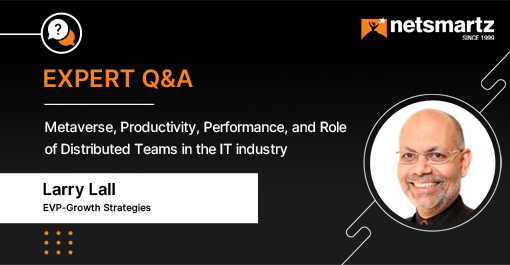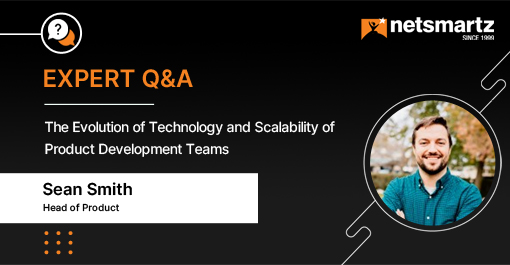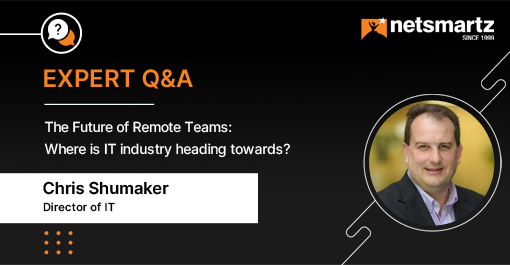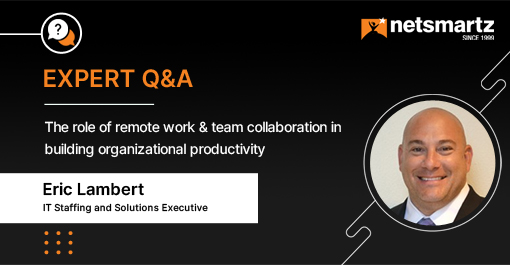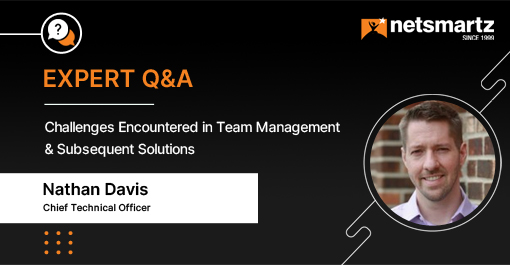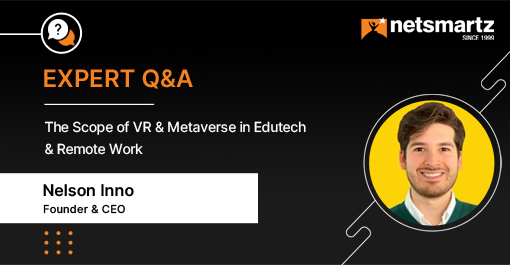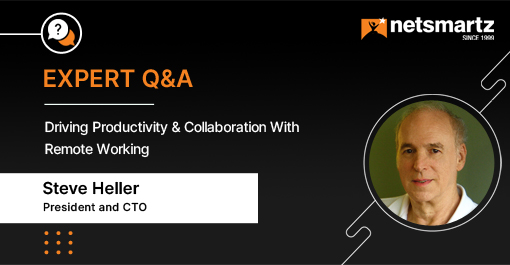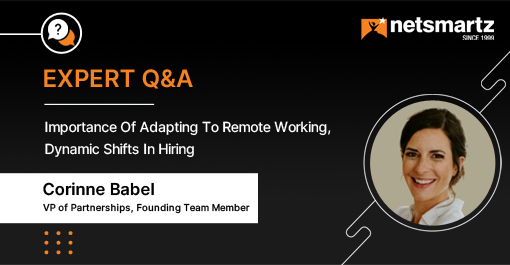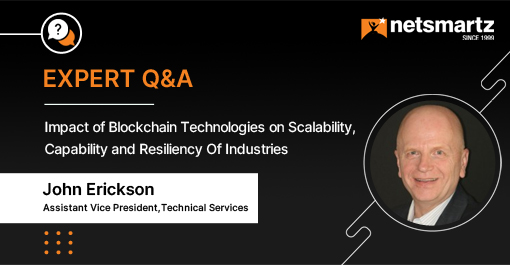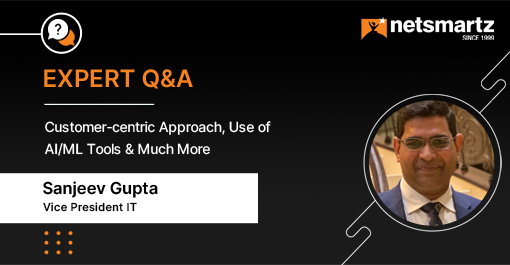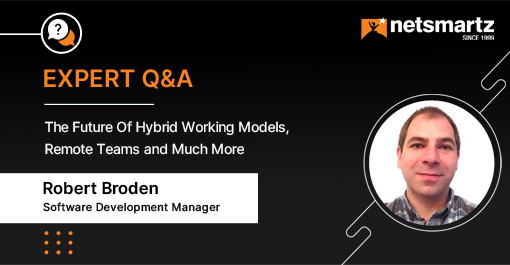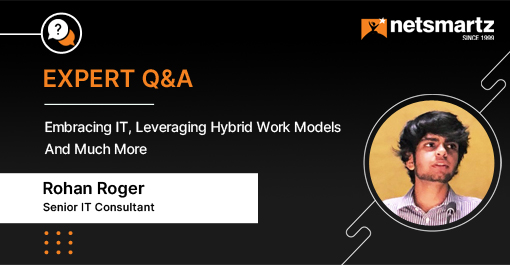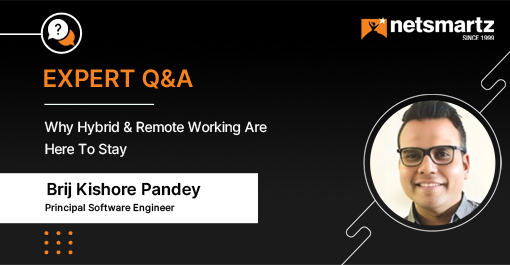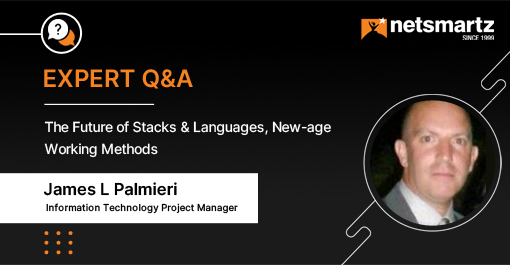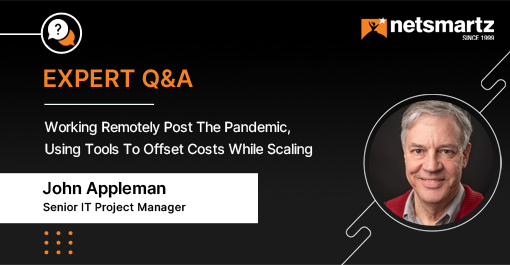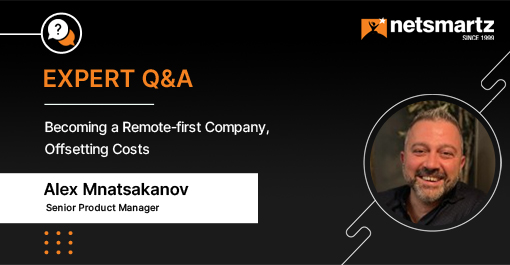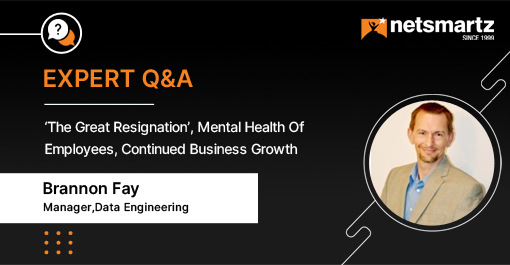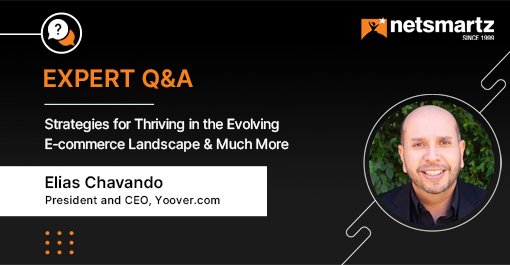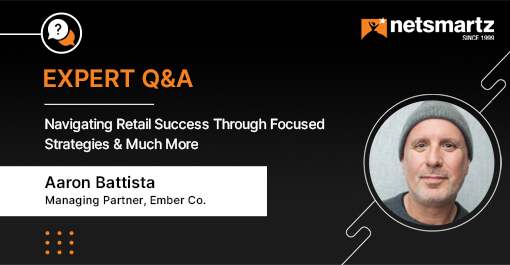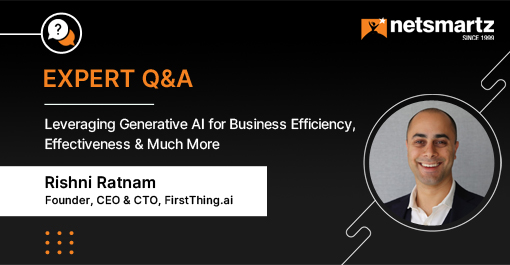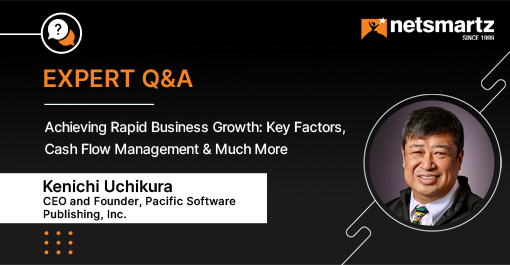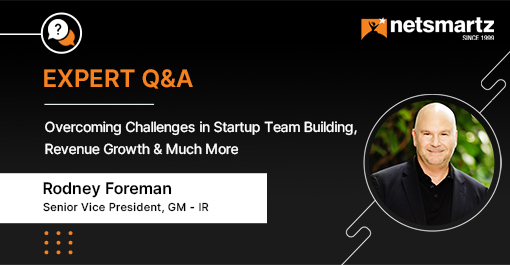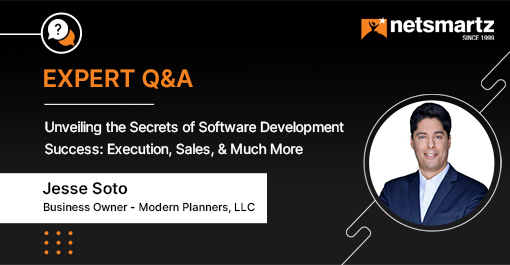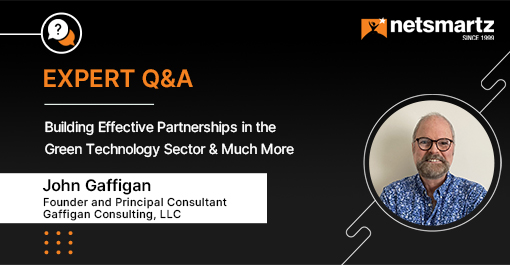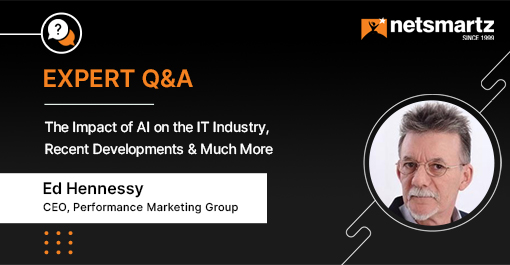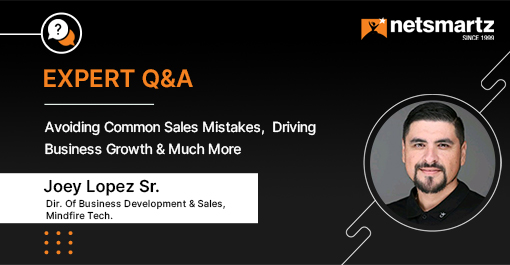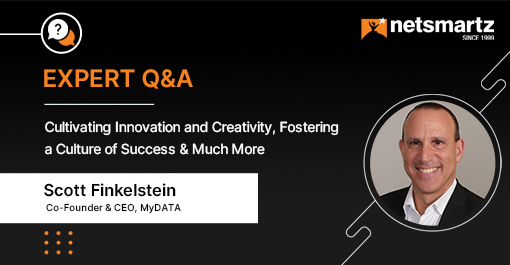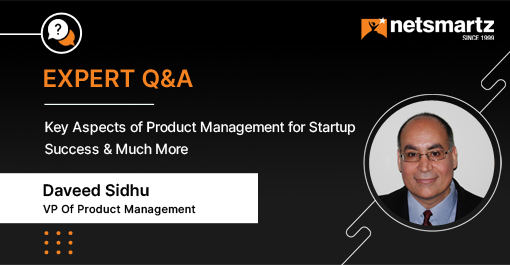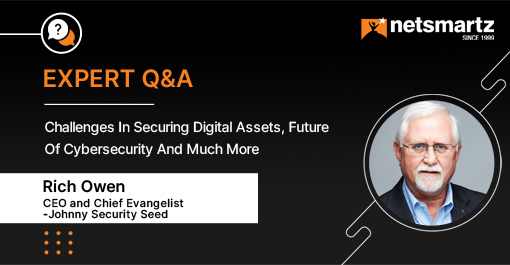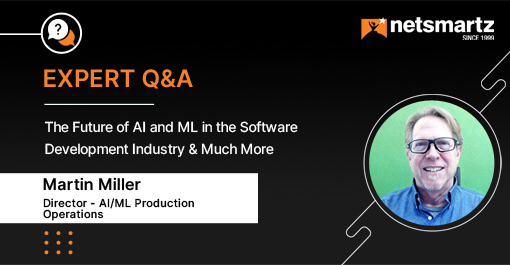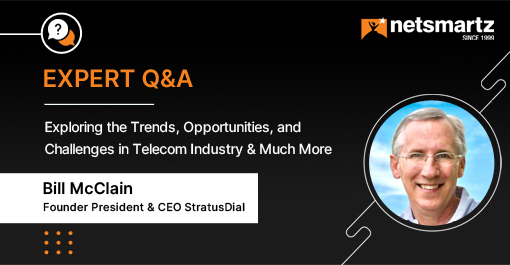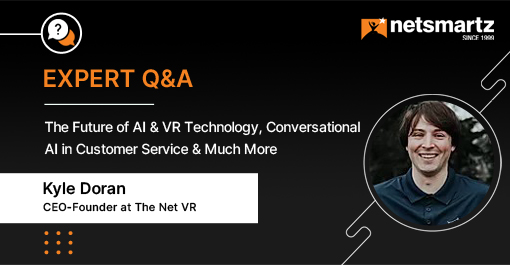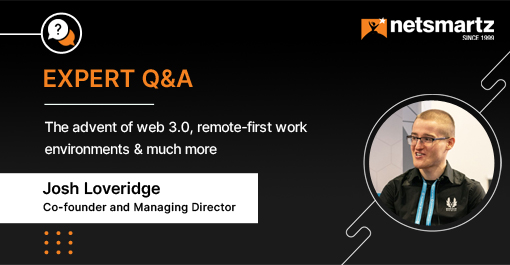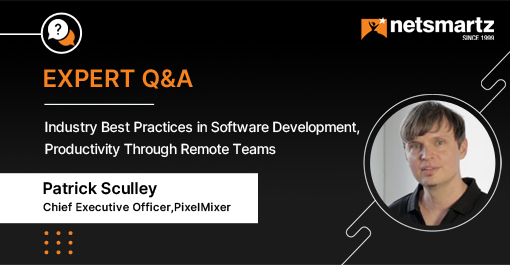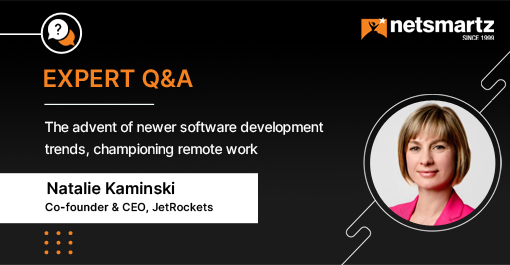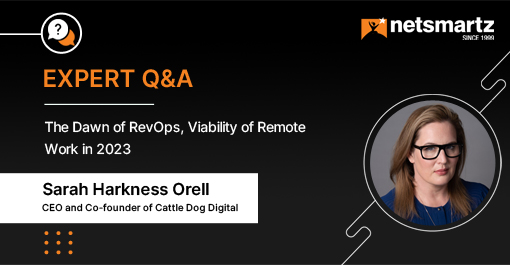Why Hybrid & Remote Working Are Here To Stay
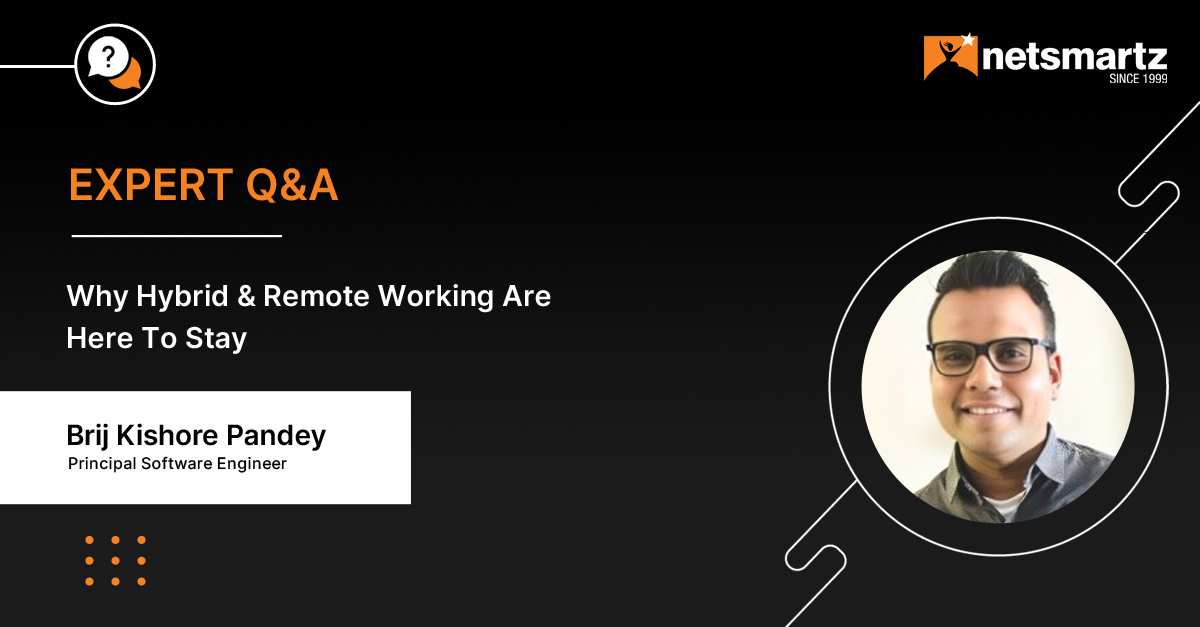
Hybrid, remote or onsite: it has been a constant struggle for businesses to decide on which working model will suit them the best and drive better business outcomes in a post-pandemic era.
To know more about the same and help businesses decide on what suits them the best, we sat down with Brij Kishore Pandey, a seasoned Software Engineer with around 13 years of experience.
Want to contribute to our expert insights?
 About Brij Kishore Pandey
About Brij Kishore Pandey
Brij Kishore Pandey is a seasoned Software Engineer (Python Developer, Software Engineer, Full Stack Engineer, API Engineer, Go developer, Polyglot developer) having around 13 years of experience with global leaders including JP Morgan Chase, American Express, 3M Company, Alaska Airlines, Cigna Healthcare, and ADP. He has a verifiable history of growth and expansion throughout his career. As such, he has consistently exceeded organizational and personal goals and is currently providing his expertise as a principal software developer to ADP.
1. What trends do you see coming up in the industry – unseemly or exciting – that might change the industry for good?
Hybrid work model: In 2022, fully onsite jobs have become a thing of the past. Instead, most employers prefer their employees to work in a hybrid work setup. I believe the hybrid work model is a more balanced approach that gives essential facetime one needs and at the same time ample opportunity to work from home for better work-life balance. Today, employers have to choose a hybrid work model to attract the best talents.
Onsite interviews: The infamous onsite interviews where one needs to travel have become a thing of the past. Instead, a virtual onsite saves time and tedious travel requirements for candidates. In addition, the virtual onsite interview releases a lot of pressure from employees as they don’t have to travel and face a new person.
The rise in workplace automation: Businesses are looking to use various automation techniques to fill the gaps created by the labour shortage. As a result, we are witnessing unprecedented growth in adopting AI-powered technologies. Businesses can also free up resources for high-skill roles due to this automation.
Talent scarcity: Businesses worldwide face severe talent shortages, as published in recent months. Candidates – applying for a wide range of permanent and contract-based positions for digital skills- are finding it difficult to find those on the front lines of recruitment and procurement.
2. With the software industry right now, What change do you see sticking?
The software industry is going through a transition phase we have never seen before. There is a clear-cut contradiction between fully remote or entirely onsite jobs. There are folks, especially Millennials, who want to go to an office, whereas folks with family and kids want to work remotely.
Speaking of which, most companies come with a balanced approach like the Hybrid work model. As remote and hybrid work models become a reality, distributed teams are becoming very popular. I have seen companies hesitant to hire remote workers in the past who are hiring people from different continents.
I believe the remote work and hybrid work models, along with distributed teams, are here to stay.
As discussed, there is a shift in the hiring approach now.
People can interview for more companies as they don’t have to travel for onsite interviews. They often don’t even have to take a vacation to attend an interview. This flexibility has led to more job offers and attrition in the industry. Before the pandemic, I used to get 5-6 LinkedIn messages from recruiters. Now I’m getting close to 30 LinkedIn messages for new jobs.
As the pandemic is fading away rapidly, companies are willing to allocate more budget on IT, and hence demand-supply gap is prevalent.
3. As a Principal Software Developer, what stacks or languages do you see having a significant impact on the industry and consideration by the dev community?
As a principal software engineer, I see a new trend in the tech stack. People are opting for more open-source items than ever before. Technologies such as Python, Go, and Functional Programming are becoming very popular, as developers and engineers can build apps rapidly using these stacks.
The craze for technologies such as Java .NET is fading away. Cloud adoption has accelerated a lot as companies are hesitant to hire resources for maintaining in-house infrastructures. I have also seen the rise of third-party cloud providers offering superior services based on a hybrid cloud model, reducing the cost and increasing the throughput for clients.
Companies are adopting AI/ML at a precedent rate. Microservice-based design is becoming very popular. Use Cases for blockchain and Web 3.0 based technologies increase as companies allocate separate budgets for emerging technologies.
As there are more chances of cyberattacks now than ever before, Cyber security has become a buzzword as people are working remotely.
 Wrapping Up
Wrapping Up
In this Q&A, we got to see Mr Brij Kishore Pandey’s take on remote working and what he feels the future holds for software developers and stacks and languages. We were elated to have him give his commentary and we hope you found it used as well.
Are You An Influencer?
Make Your Mark as a Thought Leader
We invite industry influencers to participate in our Q&A panel, offering the audience valuable insight into cutting-edge technology trends, platforms, and more.





